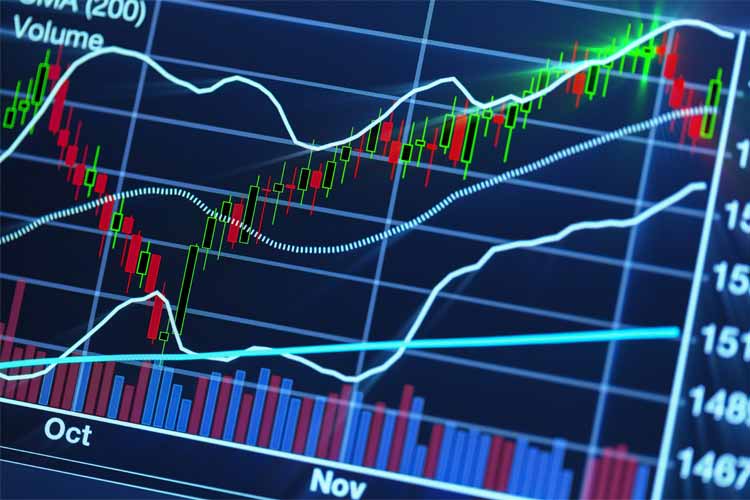
Call buyers have been targeting BAC's September series
Bank stocks sold off yesterday, as dovish Fed talk cooled expectations for a
December rate hike -- with CME Group's
Fed Watch tool now pricing in a 36.2% chance the central bank will make a move at its last meeting of the year, compared to 42.8% one month ago.
Bank of America Corp (NYSE:BAC) wasn't excused from the bearish bank trend, shedding 4.2%. And even though BAC is one of the
worst stocks to own in September, options traders continue to buy short-term calls on the former Dow component.
On Tuesday, for instance, roughly 256,000 Bank of America calls changed hands -- 1.4 times the average daily volume. While one options trader closed 49,142 September 27 calls -- the most active option -- new positions were purchased at the weekly 9/8 23.50-strike and September 24 calls. By doing so, call buyers bet on a quick rebound for BAC stock over the next two weeks.
However, this is just more of the same for BAC options traders. At the International Securities Exchange (ISE), Chicago Board Options Exchange (CBOE), and NASDAQ OMX PHLX (PHLX), speculative players have bought to open 567,666 calls in the past 20 sessions, compared to 185,113 puts.
Drilling down, the September 25 call is home to peak front-month open interest of 177,946 contracts. Data from the major options exchanges confirms significant buy-to-open activity here as well, meaning options traders are expecting Bank of America shares to settle north of $25 at next Friday's close, when the series expires.
Today, BAC options volume is running at a slower-than-usual clip, with around 152,000 options traded compared to an expected intraday volume of 208,000. With the stock hitting an intraday high of $23.58 earlier, it looks like there could be some sell-to-close activity happening at the weekly 9/8 23.50-strike call ahead of this Friday's expiration.
At last check, though, Bank of America stock was seen trading up 0.5% at $23.44 amid broad-market tailwinds. And while the equity is still maintaining a 48.5% year-over-year lead thanks to the post-election surge in financial shares, it's at risk of closing a second straight session south of its
200-day moving average -- something BAC hasn't done since August 2016.
The worst may not be over for BAC, either. According to Schaeffer's Quantitative Analyst Chris Prybal, the S&P 500 Index (SPX) stock has a history of performing poorly in September -- averaging a loss 3.4% over the past 44 years, and finishing the month positive just 36% of the time.